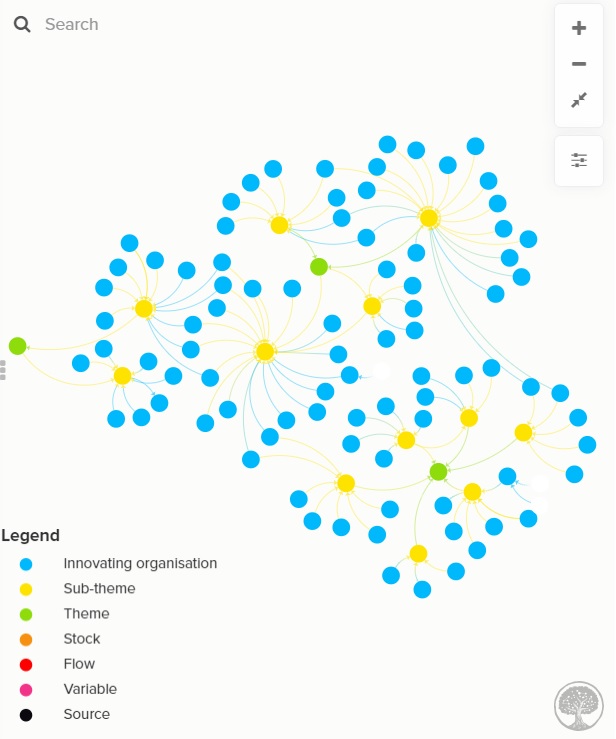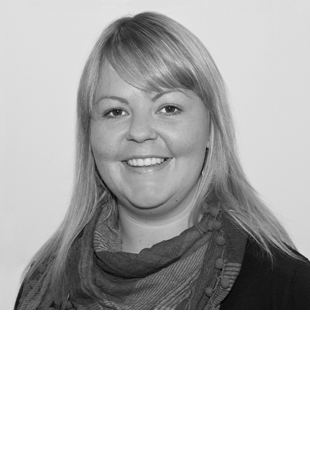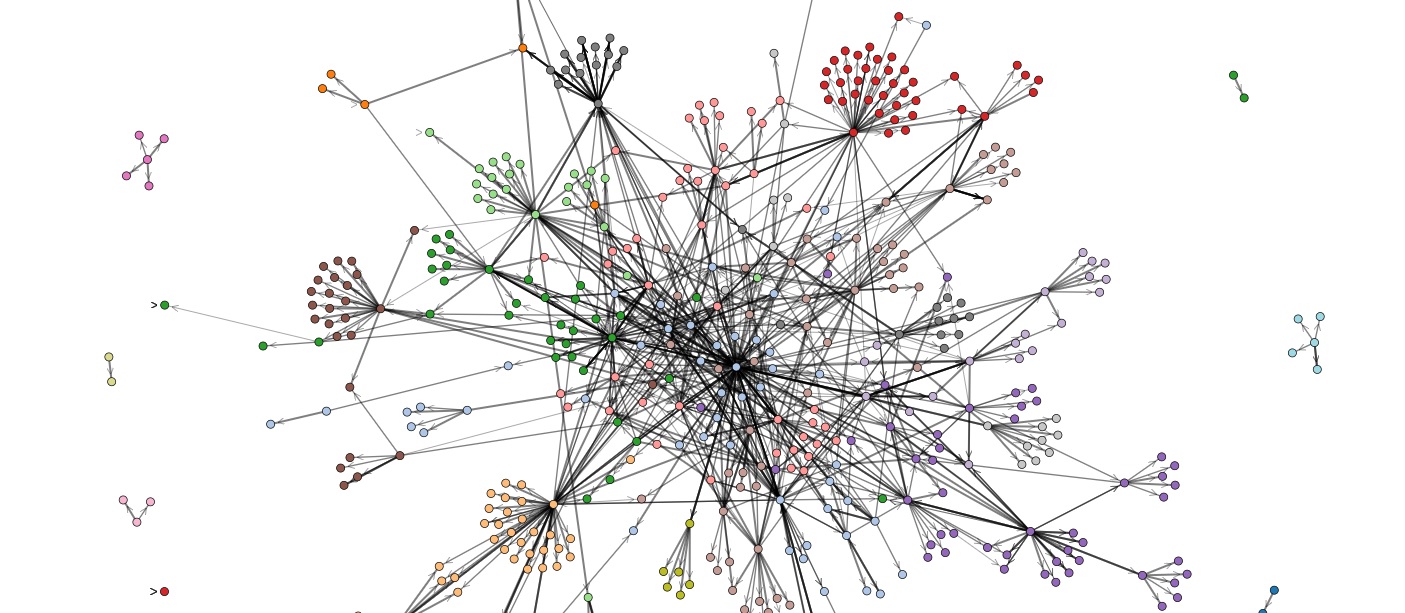Mapping for the shifting of power: A system change approach
03 Nov 2021
This piece originally appeared on the BOND website.
“Many challenges today require learning that brings people together across different practices, different institutions, different goals, different cultures, different loyalties. ” – from Systems Convening: A crucial form of leadership for the 21st century
The last few years has seen a flowering of conversations and initiatives across the international development sector aimed at shifting power and resources closer to communities. While there are a growing number of genuine efforts to work in fundamentally different ways, to challenge enduring orthodoxies of “how development is done” and to shine a light on innovative practices, they are often bound by silos and are neither connected nor visible to each other. If real and lasting transformation of the sector is to become a reality, we need to find better ways to join up and harness collective energies, learnings and experiences around the world, as well as to build new and unusual alliances that bust silos and are built on solidarity and trust.
Mapping for development
When charting any journey, a good place to start is with a map. Maps help us see who and what is already out there, where pathways already exist and how they can potentially be strengthened, and where new ones can be productively and strategically forged.
Maps also help us to think about “systems” more generally, and to see our work as individual organizations in the context of a much more expansive, vibrant and diverse landscape of change-makers and allies. Transforming the development sector can suddenly seem less lonely and daunting when you can see yourself as one dot on a map full of many other dots. It makes you realize that, by joining up with other dots, your work may be easier and your voice stronger.
Visualising relationships
The GFCF has been using mapping as a way to visualize relationships, connections, opportunities and gaps within the #ShiftThePower movement. #ShiftThePower is a global network of activists, practitioners and allies seeking to re-imagine a system that harnesses the power of communities by modelling alternative practices and structures and by inserting new voices in the mainstream development knowledge economy.
Its origins lie in the emerging global field of community philanthropy, which the GFCF has worked with for the past sixteen years. It is made up of a diverse range of women’s funds, socio-environmental funds, human rights funds and community foundations.
Back in 2016, the original purpose of mapping – using a platform called Pando (developed by Root Change) – was to try and visualize what, at the time, felt like a hidden and scattered but extremely important eco-system of community philanthropy institutions that were already using grants and local resource mobilization as strategies to get resources to grassroots organizations.
A new map (which is accessed through a user log-in) was launched in November 2019 to coincide with the Pathways to Power symposium in London. The goal of this map was to identify a broader range of actors, activity areas and the relationships between them, and aimed to identify actors who were part of the movement or someway involved in efforts to do so.
The #ShiftThePower map
The current map is organized around 12 collaboration areas, which were identified through an open call for ideas. Rather than map themselves, participants on the map are instead invited to identify who they go to for advice and how often. In that sense, it not only identifies organizations but also reflects the number and strength of their relationships with others in the system, as well as how they are perceived.
Today the #ShiftThePower map , though still a work in progress and hosts data that is indicative rather than comprehensive, shows 500 organizations around the world mapping a total of 1,000 relationships.
It reveals interesting insights – such as exciting opportunities to coordinate, but also the structural barriers that continue exist. For example, several collaboration areas show a lot of activity and clear resource hubs, meaning they are active and connected, while others reveal pockets of activities, but no obvious hubs.
While participation from actors lower and middle income countries are still less than international ones (and there is definitely work to be done to encourage smaller organizations to see themselves as legitimate and essential actors in these “big” conversations), the map also reveals a growing number of organizations – such as the West Africa Civil Society Institute (WACSI), Zambian Governance Foundation, Adeso and the Kenya Community Development Foundation – which have been identified by others as key hubs and brokers in the system and champions of the #ShiftThePower movement.
Bond’s map showcasing organizations and initiatives

BOND’s “Innovation Map”
Bond too, as part of their effort to “catalyze locally-led development”, has put together a different map to showcase organizations and initiatives that are taking different approaches to disrupting power imbalances and shifting to locally owned development. It provides an overview of the thematic areas where change in practice is happening to facilitate peer learning and collaboration. The three main interlinked themes are:
- Governance structures
- Donor policies and practice
- Supporting locally-led transitions
It is by no means exhaustive as it has been put together based on where Bond and our members sit within the system. However, it’s important to provide a starting point for organizations engaged in these conversations, to show them where they are within the existing system and to fill the “practice” gap that we think exists. More and more, members are asking for examples of where change is happening, so they can start to change how they work.
As you can see by the map, there are actors who perhaps operate on the margins or periphery of the system but whose “circle” is the same size and colour as those more “mainstream and powerful” organizations.
We are hoping that by flagging that these organizations exist and matter, it will encourage learning from organizations or initiatives that people may not normally turn to in order to learn from. We hope it will act as a bit of an equalizing force.
Silo-busting and collaborating
If we want different outcomes, then we need to change who we learn from. Feminist movements, funders and associations have a wealth of knowledge when it comes to fiercely challenging power dynamics and triggering social change. Yet, for many, they may not be the first organizations that people go to to learn from. The Association for Women’s Rights in Development, for example, has decades of experience, accumulated knowledge and resources of influencing donors for funding to go directly to “drivers of change.” Who best to learn from than these feminist associations?
If trust is a critical ingredient for building meaningful relationships, then turn to community foundations for insights on how to build trust, as well as, channeling resources directly to communities. This map spotlights a handful of these initiatives to support learning across silos.
Our hope is that this map, though a work in progress, can be a starting point to understanding the system of #ShiftThePower so we can learn from others and encourage collaboration.
By: Jenny Hodgson, GFCF Executive Director & Yolaina Vargas Pritchard, Programme Coordinator to provide support to the Effectiveness and Learning team’s work at BOND
To join the #ShiftThePower map, or to find out more, contact Jenny Hodgson at jenny@globalfundcf.org


